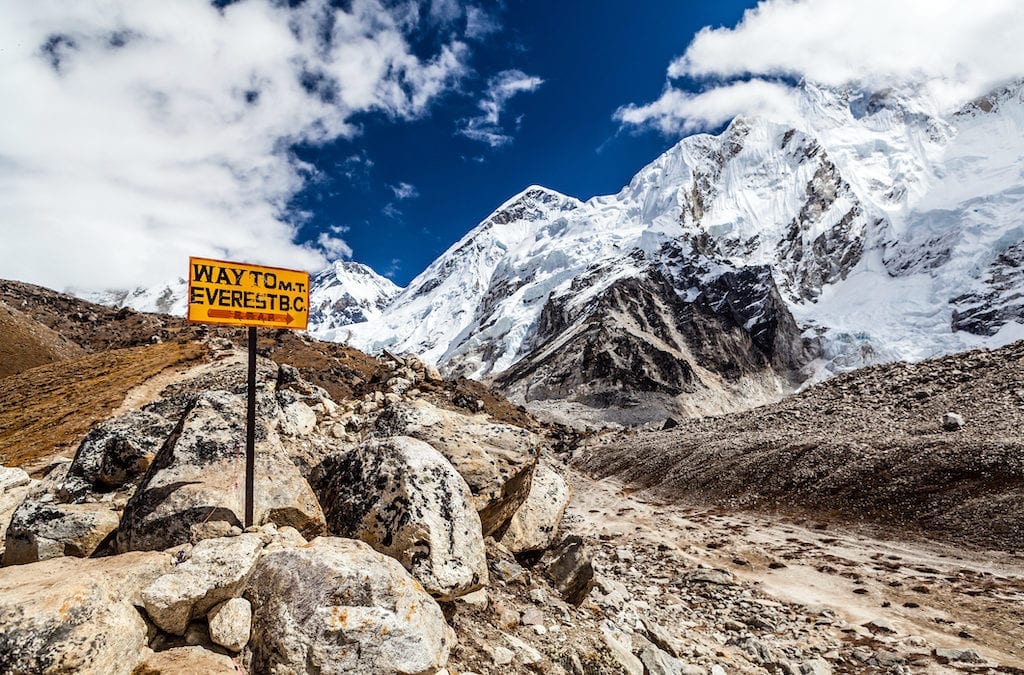Coronavirus Outbreak at Everest Base Camp
Norwegian climber contracts COVID-19 and Nepalese Sherpa on his team tests positive. This year set to be busier than 2019

Nepal’s relationship with mountaineering has become a topic for debate. As Everest becomes increasingly accessible, larger numbers of people flock to its base while Sherpas shoulder increasing loads for tourists willing to pay a premium.
Although the conversation has historically centred itself around environmental degradation and the Nepalese economy, last year, the problem of Everest and the pandemic took centre stage.
To fight the spread of the virus, the Nepalese government put quarantine measures in place. These measures eliminated last year’s climbing season. As a result of tourism, the standard of living in the Sherpa population of Nepal has risen. It does not seem surprising that quarantine restrictions might affect this growing economy.
In an effort to attract more climbers, Nepal has eased quarantine rules for this season. Although the economy will benefit from the tourism, there remain difficulties in treating climbers that contract the virus.
The proximity of those at the Everest base camp makes contraction a real possibility. Those famous photos of overcrowding on the mountain in 2019 also suggest the impossibility of distancing. The four deaths resulting from overcrowding last year supports this thought.
On April 23, 2021, Aljazeera reported that Norwegian Climber Erlend Ness contracted COVID-19. Ness told the AFP news that he was safe. “I am doing ok now … The hospital is taking care (of me).” A helicopter evacuated Ness from the Everest base camp. They took him to a hospital in Kathmandu where he continues to recover. A Norwegian broadcaster has reported that a Sherpa from his party also contracted the virus.
“I really hope that none of the others get infected with corona high up in the mountains. It is impossible to evacuate people with a helicopter when they are above 8,000 metres [26,246 feet],” Ness told NRK.
As Everest reaches a peak at 8,849 metres, almost a vertical kilometre of mountain remains inaccessible to rescue parties travelling by helicopter. Fortunately, Everest base camp sits at 5,500 metres. The question of risk remains for climbers that become symptomatic after the 8,000-metre threshold.
After 8,000 metres, climbers enter the ‘Death Zone’ where supplemental oxygen aids in their final push to the top. Here, the increased risk makes any individual complication extremely for the members of their party. To risk the effects of this respiratory illness above 8,000 metres presents ethical questions about touring to the area during the pandemic.
Nepal has given almost two million vaccinations to their population of 29 million. This suggests that it might have reduced quarantine restrictions too early for safe approaches to mountaineering.
Even though Ness did try to move quickly to reduce the risk of infection, he admitted he could have done more. “I could have done more by myself when it comes to sanitary precautions.”
According to Aljazeera, Nepal has issued 377 permits to climb Everest this year. This number falls short of the 381 permits of 2019; however, this year’s number will likely exceed 2019’s record breaking quota.
Update April 25: The latest climber to be diagnosed was Steve Harris, a client in Nirmal Purja’s Elite Himalayan team.


